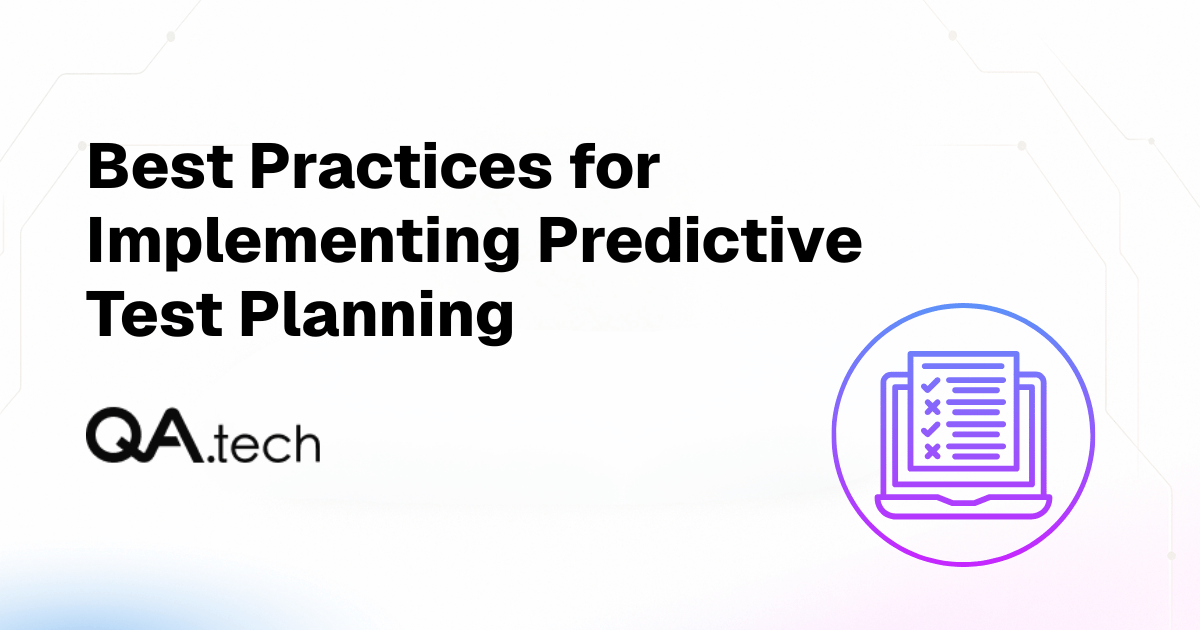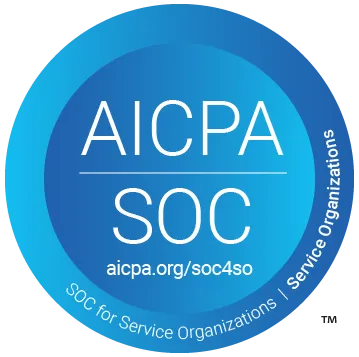Best Practices for Implementing Predictive Test Planning


DevOps and Agile environments have been so fast-paced that traditional methods of planning tests have struggled to keep up.
Software systems have gotten increasingly complex, and new releases happen more often, forcing test planning to become more intelligent and flexible. AI and machine learning have played a key role in this change by revolutionizing how teams plan and carry out their testing using predictive test planning.
This blog post will elaborate on predictive test planning and its benefits, the best ways to use it, and the tools you may find handy.
Why Planning Tests Ahead of Time Is Important?
Traditional test planning relies on guesswork, manual labor, and data from the past. In software development, this method can lead to insufficient test coverage, inefficient use of resources, delays in release cycles, and increased costs.
Enter predictive test planning. By using AI and ML algorithms to look at old data, find patterns, and anticipate potential risks, it helps teams prioritize testing more effectively, make better use of resources, and speed up release cycles.
Figuring Out Test Planning Ahead of Time
Unlike traditional test planning, the predictive variant looks for patterns and trends within large datasets. Then, it employs machine learning algorithms to guess potential problems and risks. This offers valuable data-driven insights and helps you make smart choices.
For instance, by planning tests that target high-risk areas, you can significantly reduce the number of bugs in production. This way, teams don’t have to rely on guesswork. Instead, they can choose to prioritize areas that have impact on their business.
As a result, release cycles become more predictable as well, and there are fewer last-minute issues with deployments. This also enables team leaders to plan more effectively, since they will know exactly what needs testing and what doesn't.
We have stopped at least one catastrophic release that was not caught by the manual QA process”
Upsales QA manager
Practical Examples of Predictive Test Planning in Action
Predictive test planning is used in various sectors, including:
- E-commerce companies, which can use predictive test planning to predict checkout flow failures. This way, they would be able to reduce defects by 30% and accelerate release cycles by 25%.
- Fintech companies, which can rely on predictive test planning to predict high-risk API failures. As a result, they could be able to reduce defects by 40% and improve testing efficiency by 30%.
Common Challenges and How to Overcome Them
Implementing predictive test planning comes with its own set of challenges.
For starters, you will want to ensure that historical data you are using is accurate and comprehensive. Only that way will your machine learning algorithms be trained effectively.
Furthermore, you will need to educate stakeholders on the benefits of predictive testplanning and involve them in the implementation process.
Finally, you’ll have to choose which tools you want to integrate with existing workflows.
Tools That Support Frequent Releases
QA.tech is at the forefront of bringing innovation into testing space. Rather than using traditional, script-based automation tools, it relies on AI agents to run and maintain tests, as they can handle more open-ended instructions.
For example, an agent can take an instruction such as “fill out a form with values that make sense”, and deliver great results. On the other hand, if you were using a script or automation tool in the same scenario, it would require complex setups for each field you want to fill in.
Future of Test Planning With AI/ML
Test planning is expected to become increasingly automated in the future. AI systems will be able to handle a lot of the heavy lifting, giving teams plenty of time to focus on high-value tasks.
Predictive test planning will also evolve to integrate closely with defect prediction, which will provide more accurate insights into where issues are likely to arise. This would, in turn, lead to better resource allocation and targeted testing efforts.
We can also expect the rise of intelligent end-to-end QA pipelines, designed to continuously improve software quality.
Best Ways to Put Predictive Test Planning Into Practice
Traditional test-planning strategies can’t seem to keep up with the pace of modern DevOps and Agile environments. In fact, they stumble the moment a team adopts continuous delivery and multiplies dependencies.
And let’s face it: teams need a test planning strategy that's as agile and responsive as the code they deploy each night. Fortunately, machine learning-powered methods can help predict which tests to run and in what order) well before a story reaches production.
Conclusion
Due to the accelerating pace of release cycles and the growing complexity of software systems, traditional test planning is no longer enough.
Predictive test planning, on the other hand, offers teams a more efficient and flexible way to manage quality in modern DevOps and Agile environments. Organizations that embrace it will likely improve their current testing efficiency, which will help them thrive in the automated future that lies ahead.
With the right tools and good practices, predictive test planning can transform QA from a bottleneck into a competitive advantage.

Stay in touch for developer articles, AI news, release notes, and behind-the-scenes stories.

